Core Hand Tools: The Foundation of Every Mechanic’s Toolkit
Screwdrivers and Precision Kits for Detailed Repairs
When it comes to getting precise work done on cars, screwdrivers should be the first tool anyone grabs. Different types like flatheads, phillips heads, and those star-shaped torx bits get used all over the place during repairs, whether taking off dashboard pieces or accessing sensors deep inside engine compartments. The magnetic tips really help keep screws from falling into impossible spots, especially when working in tight spaces where dropping something means trouble. Mechanics report this makes their jobs much smoother according to recent field tests across multiple repair shops last year. These days, many newer vehicles pack sophisticated electronics into smaller packages, think about hybrid car batteries or complex entertainment systems. That's why having a good set of precision tools with lots of different bit options becomes so important, particularly ones that can fit into those hard-to-reach places under 5 millimeters wide.
Essential Pliers: Locking, Duck Bill, and Wire Strippers
A good set of pliers can make all the difference when working under the hood. Locking pliers are great for holding those pesky brake springs in place while servicing calipers. Duck bill pliers come in handy too, especially when grabbing fuel line connectors without scratching them up. For electrical work, wire strippers with those little notch marks help keep the insulation intact on most standard wires from 18 to 22 gauge, which matters a lot for getting solid connections in electric vehicle diagnostics. Mechanics report that insulated handles rated for around 1000 volts not only boost safety but actually cut down repair time by about a quarter, based on what folks in the field have been saying lately.
Wrenches and Socket Sets: From Adjustable to Torque Variants
Getting a good quality socket set makes all the difference when working in cramped areas. The 72 tooth ratcheting system really helps cut down on the amount of movement needed, which is great news for anyone wrestling with tight engine compartments. Flex head wrenches come in handy too since they can get at those hard to reach bolts, such as the ones found on turbocharger banjo fittings that always seem to be placed just out of reach. When dealing with important parts, going for beam style torque wrenches gives around plus or minus 3 percent accuracy, keeping things within factory specs. This matters quite a bit for aluminum pieces because these materials tend to get damaged easily if tightened too much. Switching from standard 12 point sockets to 6 point shallow ones actually reduces the chance of rounding off lug nuts by roughly one third according to field tests, so it pays off in the long run despite the initial cost difference.
Why a Complete Hand Tool Set Is Non-Negotiable in Automotive Workshops
When tools aren't properly organized around the shop, it really eats into productivity. According to NASTF data from 2023, technicians end up wasting about 11.2 hours each month just looking for those borrowed tools they need. Most shops find that a good 220 piece toolkit with both SAE and metric measurements covers nearly all regular repair work. Think things like replacing timing belts on Hondas or servicing transmission pans on Fords. And here's something interesting: mechanics who organize their tools on shadow boards tend to finish brake jobs almost 19% quicker than those who don't. Makes sense really, when everything has its place, nobody wastes time hunting through drawers trying to find what they need next.
Diagnostic Tools: Enhancing Accuracy and Efficiency with OBD2 and Beyond
How OBD2 Scanners Revolutionized Modern Vehicle Diagnostics
Back in 1996 when they introduced On Board Diagnostics II (OBD2), it basically created a common language for car troubles across all different makes and models. Mechanics now have these universal diagnostic trouble codes (DTCs) to work with, so instead of guessing what might be wrong, they can actually see if there's something like a cylinder misfiring or maybe one of those pesky oxygen sensors going bad. The newer OBD2 scanners aren't just about pulling codes anymore either. They give live information about how the engine is running right then, track emissions levels over time, and even keep records of past faults. What this means in practice is that smaller repair shops aren't at a disadvantage anymore compared to big dealerships when it comes to figuring out what's wrong with a car and fixing it properly.
Advanced Diagnostic Equipment for Electrical and Engine Troubleshooting
For complex electrical and drivetrain problems, advanced tools are indispensable. Multimeters, oscilloscopes, and bidirectional scanners enable deep system analysis. Leading platforms provide:
- Live data streaming to monitor sensor voltages and actuator responses
- Component activation tests that verify circuit functionality
- Guided repair workflows linked to manufacturer-specific DTC libraries
These features help address the fact that 67% of non-mechanical failures originate from wiring or control module faults, reducing misdiagnosis rates significantly.
Real-World Impact: Reducing Downtime by 40% with Smart Diagnostics
Auto repair shops that have adopted smart diagnostic tools are seeing real improvements in their workflow. Some report repairs happening about 16% quicker and comeback rates dropping by around 40% compared to old school manual approaches. The best systems bring together OBD2 scanners with detailed wiring diagrams and manufacturer service updates so techs can actually match what's wrong with known solutions. Take CAN bus issues for instance. What used to take mechanics three whole hours to track down now gets sorted in under 45 minutes when they hook up a good protocol analyzer. These kinds of time savings make all the difference during busy days at the shop.
Lifting and Support Equipment: Safe Access to the Undercarriage
Vehicle Lifts vs. Floor Jacks and Jack Stands: Pros and Workshop Fit
Most professional repair shops rely on various lifting gear to keep things safe while getting the job done right. Two post lifts are pretty common in commercial garages these days because they give good access underneath cars and trucks, handling weights all the way up to around 15k pounds. The catch? These lifts need to be permanently installed and the garage needs at least 12 foot clearance between floor and ceiling. Mobile techs and smaller operations often go with hydraulic floor jacks combined with proper jack stands instead. They're much more versatile for different jobs. Take a standard 3 ton low profile jack with some heavy duty steel stands - it can lift about 24 inches which covers most basic maintenance tasks like brakes or exhaust systems. And the upfront cost is roughly half what a permanent lift would run, making this setup popular among independent mechanics who want flexibility without breaking the bank.
Hydraulic and Transmission Jacks: Handling Heavy Components Safely
Drivetrain repair requests have gone up around 37% since 2021 according to the Automotive Service Association, which explains why mechanics are turning to specialized jacks these days. Transmission jacks come equipped with those handy adjustable arms plus full 360 degree rotation capability, making them perfect for working safely with components that weigh anywhere from 150 to 800 pounds during either rebuild projects or complete swaps. What sets these apart from regular floor jacks? The padded saddles and secure chain locks that keep everything firmly in place even when tilting really heavy parts around. When it comes time to remove engines, low profile bottle jacks rated for 20 tons do wonders stabilizing those massive engine blocks. They free up suspension points so technicians don't have to struggle with awkward positioning. Plus they follow the latest OSHA ergonomic standards from 2023, cutting down on the need for dangerous manual lifting that can lead to injuries over time.
Air Compressors and Pneumatic Power: Driving Efficiency in Tool Use
Modern automotive workshops rely on pneumatic systems to power tools that outperform manual and electric alternatives in both precision and endurance. Air compressors provide sustained energy output required for heavy-duty repairs while reducing operator fatigue—a critical advantage in high-volume environments.
The Central Role of Air Compressors in Powering Automotive Tools
Most industrial air compressors work with around a 10 to 1 compression ratio, which creates sufficient pressure for running several tools at once including impact wrenches, die grinders, and spray guns. Pneumatic tools don't suffer from the same overheating issues that electric motors do, so they keep delivering steady power even after hours of work on big projects like rebuilding engines or replacing exhaust manifolds. Mechanics appreciate the adjustable PSI settings because these allow them to handle細 interior tasks one moment and tackle tough suspension work the next. That's why compressed air remains such an essential part of any serious mechanic's workshop setup.
Impact Wrenches and Other Air-Driven Tools in Daily Workflow
Pneumatic impact wrenches are staples in tire bays, delivering powerful torque bursts capable of removing seized lug nuts that resist manual effort. Other air-powered tools enhance daily efficiency:
-
Ratchet wrenches access tight engine compartments
-
Die grinders smooth weld seams faster than hand filing
-
Grease guns apply lubricant precisely to drivetrain joints
Together, these tools cut average brake job times from 90 minutes to under an hour while reducing repetitive strain injuries and boosting overall productivity.
Specialty Automotive Tools: Bridging the Gap Between DIY and Professional Service
Torque Wrenches and OEM Compliance in Assembly Processes
Getting the right amount of torque when tightening bolts matters a lot if we want to stick to those original equipment manufacturer specs, particularly important stuff like suspension parts and cylinder head assemblies. A recent report from Frost & Sullivan back in 2023 showed something interesting too. Shops that actually used properly calibrated torque wrenches saw their warranty claim rates drop by nearly 30 percent because they were getting those bolts just right. No more guessing games here folks. When mechanics follow these exact specifications, their work starts looking much closer to what comes out of the factory. There's really no comparison anymore between someone who knows what they're doing with proper tools versus someone winging it at home.
Oil Filter and Pipe Wrenches: Tackling Stubborn Fasteners
Special oil filter wrenches designed specifically for this job have those really strong biting teeth that grip tight on round or stubborn filters without slipping off. Pipe wrenches work similarly but handle corroded exhaust fittings differently they give just enough pressure to loosen things up without messing with nearby components. Shops across the country reported back in 2024 that mechanics who switched to proper filter removal tools saw about 35 percent fewer accidents where other parts got damaged during regular oil changes compared to folks trying to make do with whatever they could find lying around the garage.
Are Specialty Tools Worth the Investment for Independent Shops?
The 2022 survey from the Auto Care Association found that around two thirds of independent repair shops manage to get their money back on specialty tools within just under 18 months by expanding what services they offer. Shops using equipment such as flare nut wrenches and those fancy torque angle gauges can typically work on about 22 percent more car models than before. When looking at return on investment, it makes sense to invest in tools that fix problems mechanics run into all the time instead of spending on gadgets needed only once in a blue moon.
FAQ
Why are magnetic screwdrivers important in detailed repairs?
Magnetic screwdrivers prevent screws from falling into hard-to-reach places, making repairs smoother, especially in tight spaces.
What advantage do insulated pliers offer?
Insulated pliers enhance safety and can cut down repair time as they're rated to withstand high voltages, which is crucial in electric vehicle diagnostics.
How do smart diagnostics reduce downtime?
Integrating OBD2 scanners with updated service data accelerates issue resolution, reducing repair times and decreasing comeback rates.
Are pneumatic tools superior to manual or electric alternatives?
Yes, pneumatic tools avoid overheating and provide consistent power, making them suitable for prolonged heavy-duty tasks.

 EN
EN
 AR
AR
 NL
NL
 FR
FR
 DE
DE
 IT
IT
 NO
NO
 PL
PL
 PT
PT
 RU
RU
 ES
ES
 SV
SV
 IW
IW
 GA
GA
 MI
MI
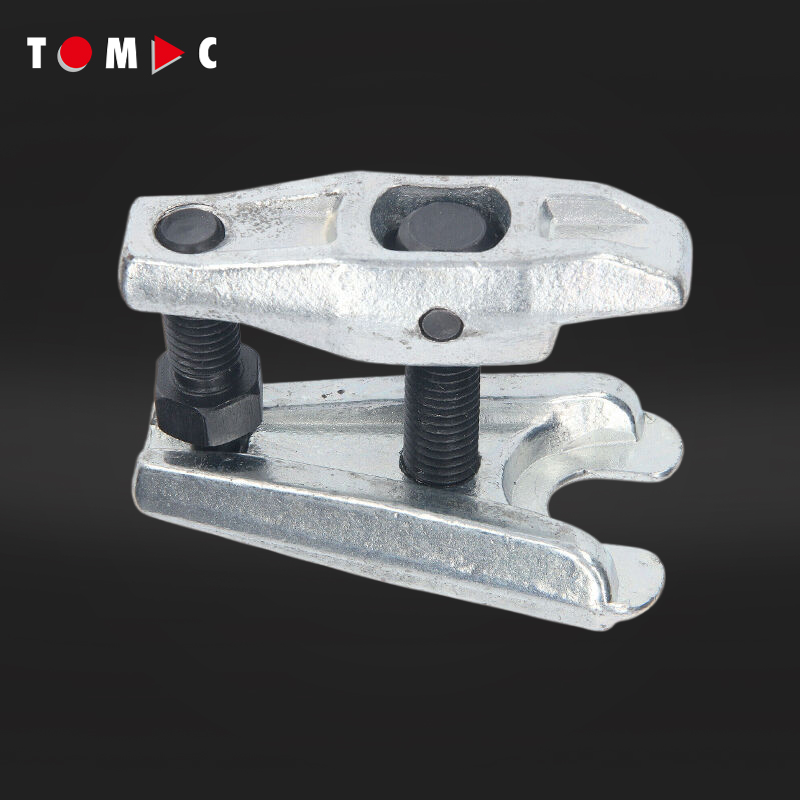
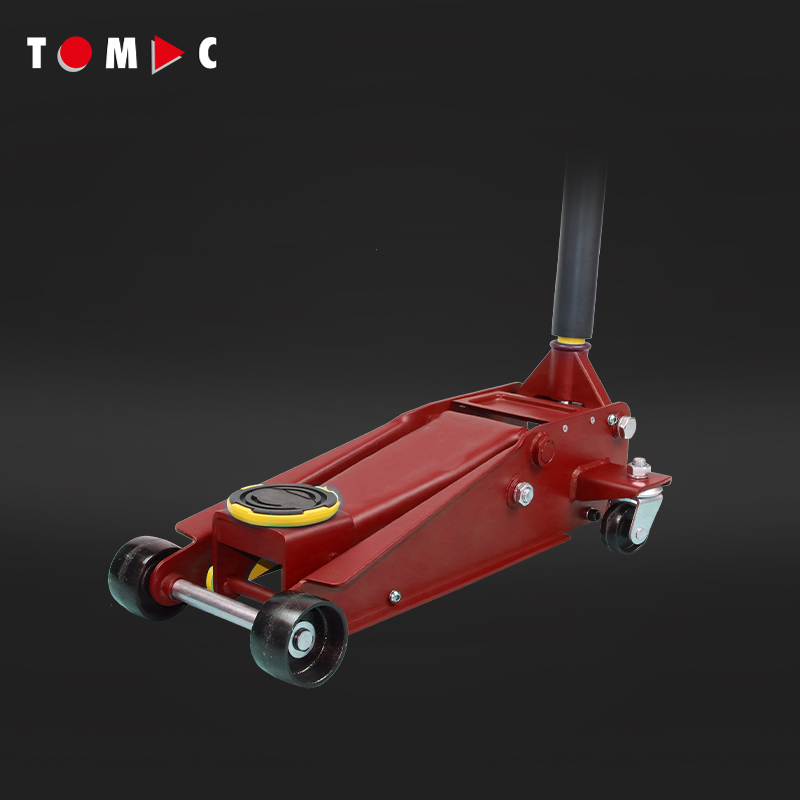
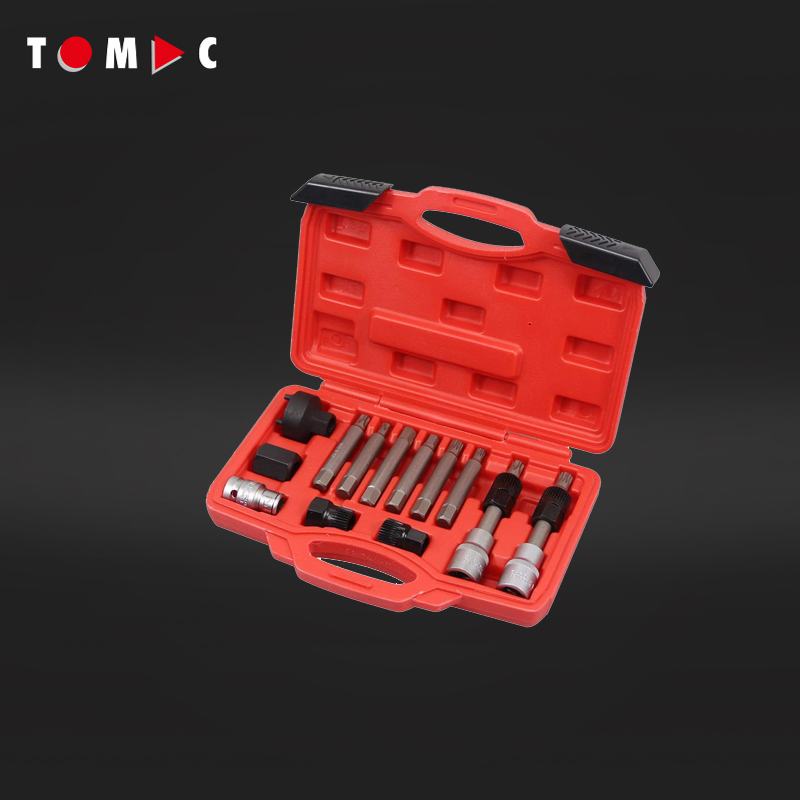
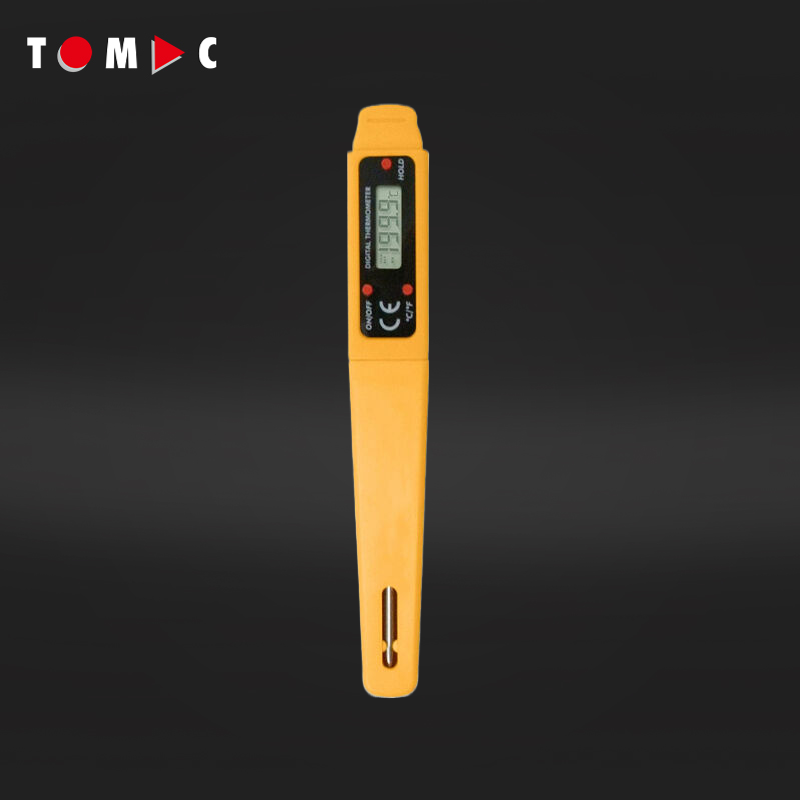
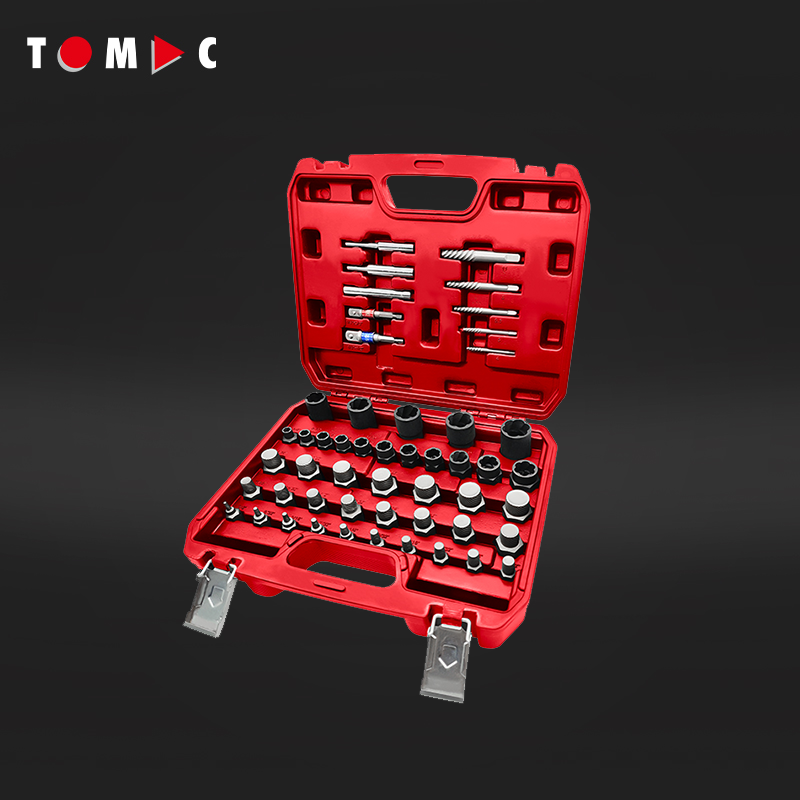
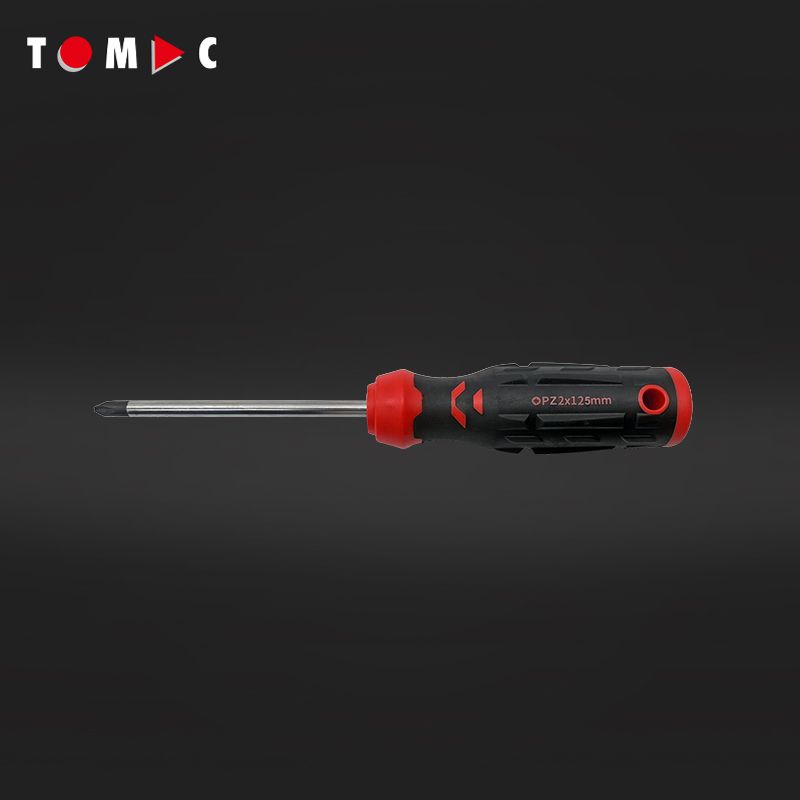
 Hot News
Hot News